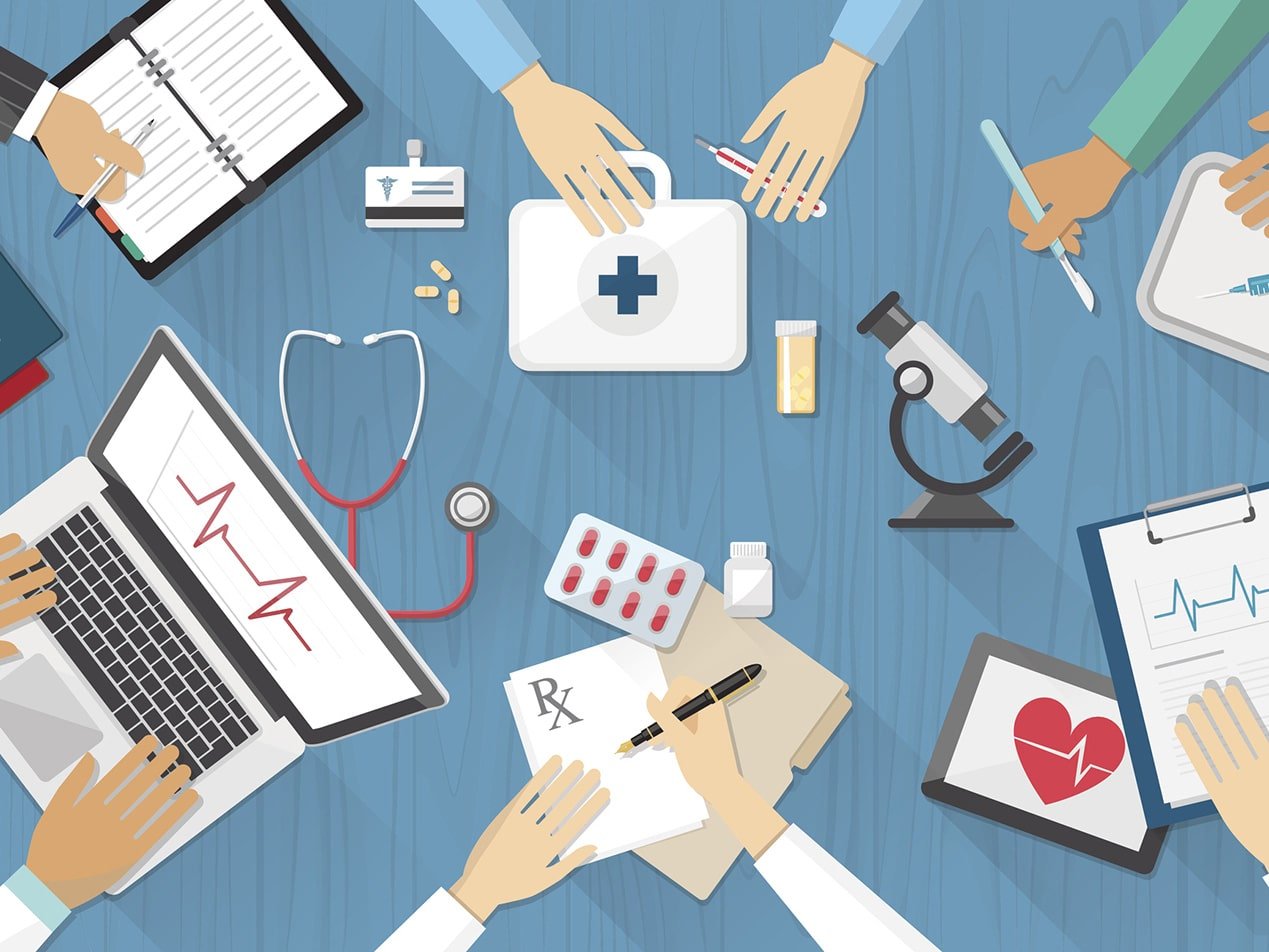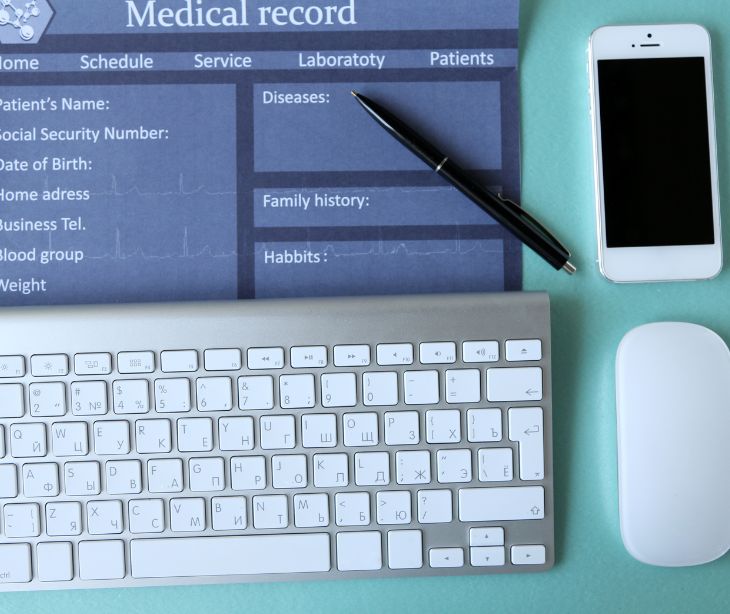
An electronic health record (EHR) digitizes a patient's complete health profile, replacing traditional paper-based records. It contains a range of information, including diagnoses, medications, lab results, allergies, immunizations, and even imaging reports. Unlike paper records, EHRs enable quick access to critical patient data, facilitating informed decision-making by healthcare professionals.
Components of an EHR
- Patient information: EHRs store demographics, contact details, insurance information, and crucial identifiers, ensuring accurate patient identification and streamlined administrative processes.
- Medical history: Comprehensive records of past illnesses, surgeries, medications, and chronic conditions are logged, providing a holistic view of the patient's health journey.
- Treatment plans: EHRs document ongoing treatments, care plans, prescriptions, and their respective responses, aiding in better continuity of care and personalized treatment strategies.
- Diagnostic reports: Integration of test results, imaging studies, and laboratory reports within the EHR platform allows for efficient analysis and comparison of data, improving diagnostic accuracy.
Go deeper: What are the 18 PHI identifiers?
Related:
Benefits of adopting an EHR system
Enhanced efficiency and productivity
EHR systems streamline workflows by digitizing patient information, reducing paperwork, and automating routine tasks like appointment scheduling and billing.
Improved patient care and safety
Centralized access to comprehensive patient data within EHRs ensures that healthcare professionals have a complete view of a patient’s medical history, medications, allergies, and test results.
Better coordination and collaboration
EHRs facilitate seamless communication and data sharing among healthcare providers across different specialties and locations. This promotes collaboration in care delivery, ensuring that everyone involved in a patient's treatment works with the same accurate information.
Data accessibility and analysis
EHRs provide valuable insights through data analytics. Healthcare organizations can analyze trends, identify high-risk populations, and implement preventive strategies based on aggregated patient data.
Cost savings and revenue generation
While the initial investment in implementing an EHR system can be substantial, it leads to cost savings in the long term. Reduced paperwork, improved efficiency, fewer redundant tests, and better adherence to treatment plans contribute to lowered operational costs. Additionally, EHRs enhance billing accuracy, optimizing revenue cycles.
Regulatory compliance and security
EHR systems are designed to adhere to stringent healthcare regulations and privacy standards, such as the Health Insurance Portability and Accountability Act (HIPAA). Robust security measures like encryption, access controls, and regular audits protect patient data from unauthorized access or breaches, ensuring compliance and maintaining patient confidentiality.
Flexibility and scalability
Modern EHR systems are adaptable to changing healthcare needs and can be scaled to accommodate the growth of healthcare organizations. They can integrate with other health technologies and allow for customization based on specific practice requirements.
Support for evidence-based medicine
EHRs enable clinicians to access the latest medical research, guidelines, and best practices, supporting evidence-based decision-making.
Related:
- Why healthcare organizations should maintain both paper and digital records
- HIPAA Compliant Email: The Definitive Guide
Subscribe to Paubox Weekly
Every Friday we'll bring you the most important news from Paubox. Our aim is to make you smarter, faster.




